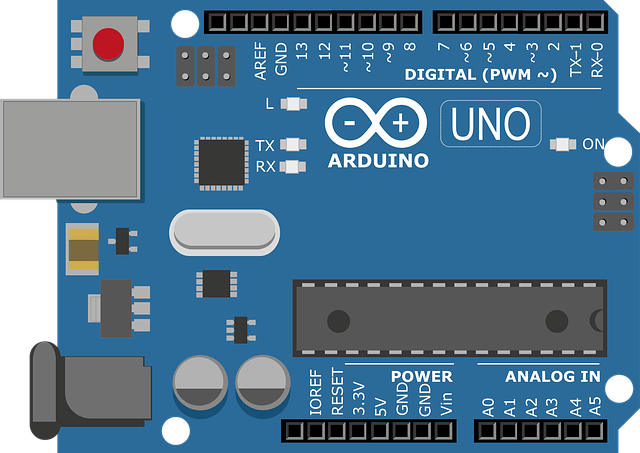Table of Contents
ToggleArduino Boards: A Beginner’s Guide
Introduction
In the ever-evolving landscape of electronics and technology, Arduino boards have emerged as a popular and accessible platform for both beginners and experienced enthusiasts. These versatile microcontroller-based development boards have empowered countless individuals to bring their innovative ideas to life, making it a key player in the maker movement and the Internet of Things (IoT). In this article, we will delve into the world of Arduino boards, their history, key features, and their applications.
A Brief History of Arduino
The story of Arduino began in 2005 when a group of Italian engineers and designers, Massimo Banzi, David Cuartielles, David Mellis, Tom Igoe, Gianluca Martino, and Nicholas Zambetti, developed the first Arduino prototype. Their goal was to create an affordable, user-friendly, and open-source platform for artists, designers, and hobbyists to experiment with electronics and microcontrollers.
Arduino quickly gained popularity, thanks to its simplicity and a strong community of users and developers who shared their projects and code. The open-source nature of Arduino allowed for a vast ecosystem of shields (add-on boards), libraries, and software tools to flourish, further expanding its capabilities and applications.
Key Features of Arduino Boards
1. Microcontroller: At the heart of every Arduino board lies a microcontroller unit (MCU), typically based on the AVR, ARM, or ESP family of chips. This MCU is the brain of the board, responsible for executing the code you write.
2. I/O Pins: Arduino boards come equipped with a set of digital and analog input/output (I/O) pins. These pins allow you to connect various sensors, actuators, and other peripherals to interact with the physical world.
3. Programming Environment: Arduino provides an easy-to-use Integrated Development Environment (IDE) that simplifies the process of writing, compiling, and uploading code to the board. The code is typically written in C/C++.
4. Shields: Arduino boards are designed to be expandable. Users can attach “shields,” which are pre-built add-on boards that offer additional functionality, such as Wi-Fi, GPS, motor control, or LCD displays.
5. Libraries: A vast library of pre-written code and functions is available, making it easier to interface with sensors and peripherals. This extensive library reduces the learning curve for beginners.
6. Community Support: Arduino boasts a thriving global community of makers, developers, and educators who actively share knowledge, projects, and solutions through forums, tutorials, and open-source contributions.
Applications of Arduino Boards
Arduino boards have found applications in a wide range of fields, from hobbyist projects to industrial automation. Here are some common use cases:
1. Education: Arduino is widely used in schools and universities to teach electronics, programming, and robotics. Its simplicity and affordability make it an excellent choice for introducing students to STEM (Science, Technology, Engineering, and Mathematics) concepts.
2. Home Automation: Arduino can be used to create smart home systems, allowing users to control lights, appliances, and security systems remotely.
3. Robotics: Arduino is a popular choice for building robots, from simple line-following robots to advanced humanoid robots. It provides precise control over motors and sensors.
4. IoT (Internet of Things): With the addition of Wi-Fi or Ethernet shields, Arduino can connect to the internet and enable IoT applications such as weather stations, smart agriculture, and home monitoring systems.
5. Art Installations: Many artists use Arduino to create interactive and kinetic art installations that respond to the environment or user input.
6. Prototyping: Engineers and product designers use Arduino boards for rapid prototyping of electronic devices and proof-of-concept models.
Arduino boards have revolutionized the world of electronics by democratizing access to microcontroller technology. Whether you are a student, hobbyist, artist, or professional, Arduino offers a versatile platform for turning your ideas into reality. Its user-friendly interface, extensive community support, and open-source nature make it an excellent choice for anyone looking to explore the exciting world of electronics and programming. So, grab an Arduino board, unleash your creativity, and start building the next big thing!
